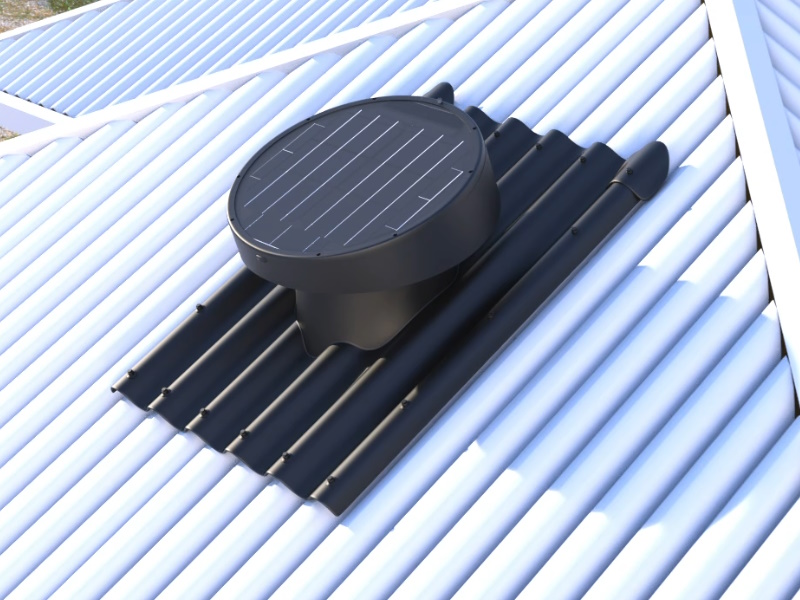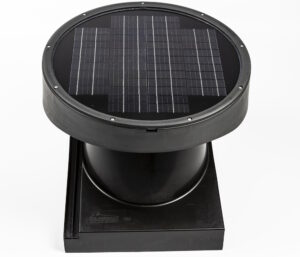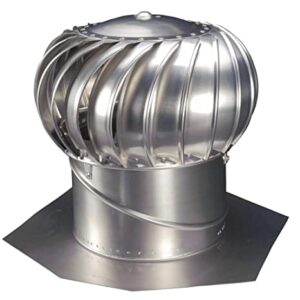Energy Saving Tips
STC Solar Rebate
STC Solar Rebate is a government incentive that makes solar more affordable for Australian…

When thinking about ways to maintain a healthy home environment and reducing rising energy bills, a roof ventilation exhaust fan isn’t the first thing that comes to mind. However, roof ventilation is key to keeping your home cooler in summer, helping prevent mould, and keeping your energy bills down.
Correct ventilation is essential to maintaining a comfortable and healthy home.
So, what exactly does a roof ventilation exhaust fan do? Without proper roof ventilation heat will circulate and remain trapped in your roof space, meaning in the summer months your house feels hotter until you turn up the air-conditioning. The right right roof fan helps reduce the load on air-con, lowering your energy consumption.
Another key benefit of a roof ventilation fan is it helps reduce moisture build-up in the roof cavity. This creates a healthier home by reducing the environmental conditions that can lead to mould.
When choosing a roof ventilation exhaust fan system that is right for your home, you will note that some vents are passive, and some are active.
Passive vents allow for natural airflow to seep in and out of a building. This natural convection allows for the slow and sustained circulation of air in your roof cavity. Hot air naturally rises, and cooler air comes in underneath.
Active vents require a motor, fan blades and/or a turbine to push out the air in the cavity out while pulling fresh air in to circulate the air in your roof space.
A good roof ventilation exhaust fan system consists of both passive and active vents. The passive vents allow fresh air flow in while stale air flows out. Combining them with active vents speeds up the process of air change in your roof space. This creates more effective and efficient ventilation.
Ensuring that your roof ventilation system is effective requires the vents and fans to be installed in the right spots. The passive vents drawing fresh air in should ideally be placed somewhere cool and shady, either under eaves or low in the roof space. Having these vents down low ensures that the cool air entering will remain low in the roof space.
Active vents that are pushing the warm, stale air out should be placed high on the roof. As warm air rises and cooler air is sucked in from the passive vents, the fan will draw this cool air up and push the warm air out.
The average Australian home requires 10 air changes an hour. More are needed if you live in a tropical, humid area or have a moisture problem in your home. This means that air needs to enter and exit 10 times per hour. The more air changes you achieve the easier it is to maintain a temperate and healthy environment.
To estimate the volume of air in your roof space, follow this easy formula:
half the height of the roof x the length of the roof x the width of the roof = m3 roof size
Your roof ventilation exhaust fan system needs to be able to change this volume of air 10 times per hour. So, take your roof air volume and multiply it by 10 to establish what size exhaust fan you will need:
m3 roof size x air change target (at least 10) = m3/hr volume required
There are three main types of mechanical roof ventilation exhaust fans, they are:
With many different types of roof ventilation exhaust fans available, its important to know the advantages and disadvantages of each to figure out which suits you and your home best.


It’s clear that if you have a roof space, you’ll be wanting it properly ventilated. This will keep your home cooler in summer, prevent moisture and mould build up, and achieve adequate air changes.
When deciding between the various types of systems, ultimately a solar roof ventilation exhaust fan outperforms both mains powered and whirlybird exhaust fans.
With free running costs saving you money on energy bills, solar exhaust fans are powerful and quiet Some like the MaxBreeze Solar Roof fan, come with a built-in battery so that it charges itself with free solar power to continue working on cloudy days and overnight.
For more information on solar roof ventilation exhaust fan options, call SolarBright and talk to one of our energy and ventilation consultants.
Read Also:
Don’t Vent If You Haven’t Got Proper Ventilation
Solar Batteries and The Future Of Sustainable Energy?
Take a Look
Energy Saving Tips
STC Solar Rebate is a government incentive that makes solar more affordable for Australian…
Solar Battery
A Virtual Power Plant is a network of connected solar batteries, typically located in…
Solar Panels
Installing solar panels is one of the quickest and most effective ways to start…